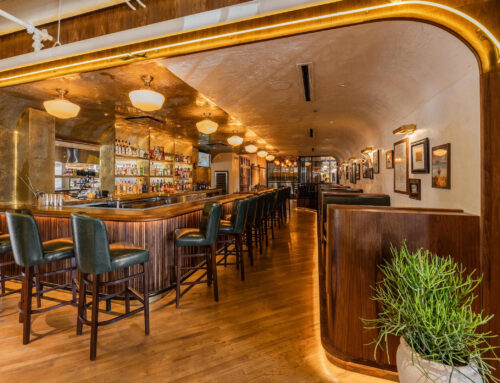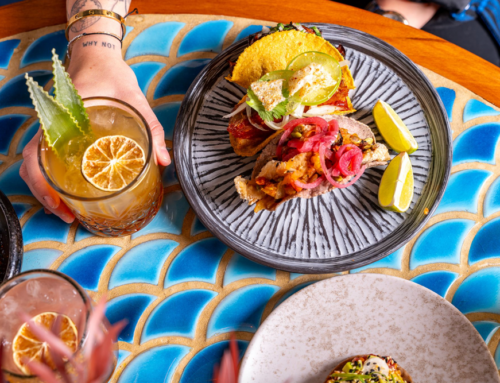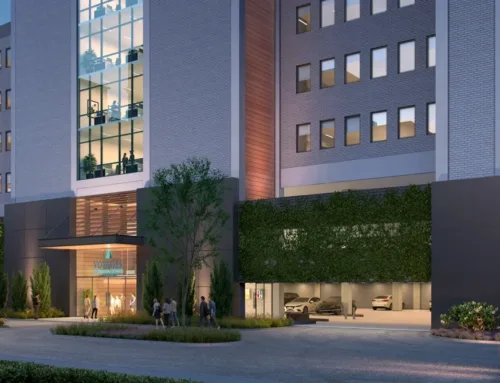When you consider it could have opened anywhere in Dallas, that says something
A couple of years after we started the Advocate, the company that owns the Gap chain of clothing stores announced a startup called Old Navy. It was going to be an off-mall take on The Gap, so I called the company and asked if they knew about Lakewood and East Dallas and had considered putting a store here.
I don’t want to say the question was met with stony silence; it’s sufficient to note that the person I talked to explained politely that our neighborhood wasn’t good enough for their concept.
• Catch up on all our Trader Joe’s coverage here
Why do I tell this story? To offer perspective on the news that specialty grocer Trader Joe’s will open its first Dallas store on Lower Grenville Avenue at the end of this year. In the mid-1990s, we weren’t good enough to attract a clothing store that sold discounted blue jeans. Today, we’re just the opposite — a neighborhood that has attracted one of the best retailers in the country, a chain that has a cult-like following among both consumers and retail analysts. Trader Joe’s is the kind of business that cities woo and shoppers start Facebook campaigns to attract. Consider just one fact: One of the selling points for the wets in last year’s wet-dry referendum was that the city couldn’t get top retailers like Trader Joe’s and Costco as long as its most desirable neighborhoods, like Far North Dallas, were dry.
But Trader Joe’s isn’t opening in Far North Dallas, is it?
This should not be surprising, of course. There was very little wrong with our demographics 15 years ago, and there is even less wrong today. The difference is that retailers are getting smarter. They’ve discovered that the methods that worked in the 40 years following World War II don’t work as well today. The shopping mall has lost its luster, as anyone who used to go to Valley View can attest. Building strip centers has become counterproductive, unless you want dollar stores and payday lenders for tenants. Plowing over a cotton field in the middle of nowhere to put up a big box store doesn’t offer the same returns.
Retailers are learning that they want to be where the people are, and not where they might be in a couple of years. Jon Hetzel of Madison Partners, the developer bringing in Trader Joe’s, says he can’t speak for the Trader Joe’s about why the retailer picked the old Arcadia Theater site for their new store. But, he says, “when we pitched them on the property, we told them it had the type of clientele they were going for. These are the same people who love and support the Whole Foods in Lakewood. My guess? What retailer wouldn’t want to be between Lakewood and the M Streets?”
This decision says, with an emphasis that can’t be emphasized enough, that our neighborhood is no longer the city’s funky stepchild, loved only by its residents. We’re as desirable as anywhere else — and, in this case, a little more desirable. Trader Joe’s could have opened anywhere. Instead, they chose us.
Which, actually, is something that Darrell Hernandez, an executive vice president with United Commercial Realty who has worked on a variety of Dallas and suburban developments, predicted would happen. I asked him, when the news broke last summer that Mi Cocina was replacing Matt’s in the Lakewood Shopping Center, if that was a sign of things to come.
Hernandez said yes. Mi Cocina, he explained, would be the first of many big names moving into the neighborhood, as retailers and restaurants realized we had the demographics and the numbers they were looking for. We could argue, he said, about whether we wanted some of these regional and national companies, such as Mi Cocina, but that wouldn’t change what was going to happen.
I didn’t believe him. I guess I was wrong. Trader Joe’s proved that.





